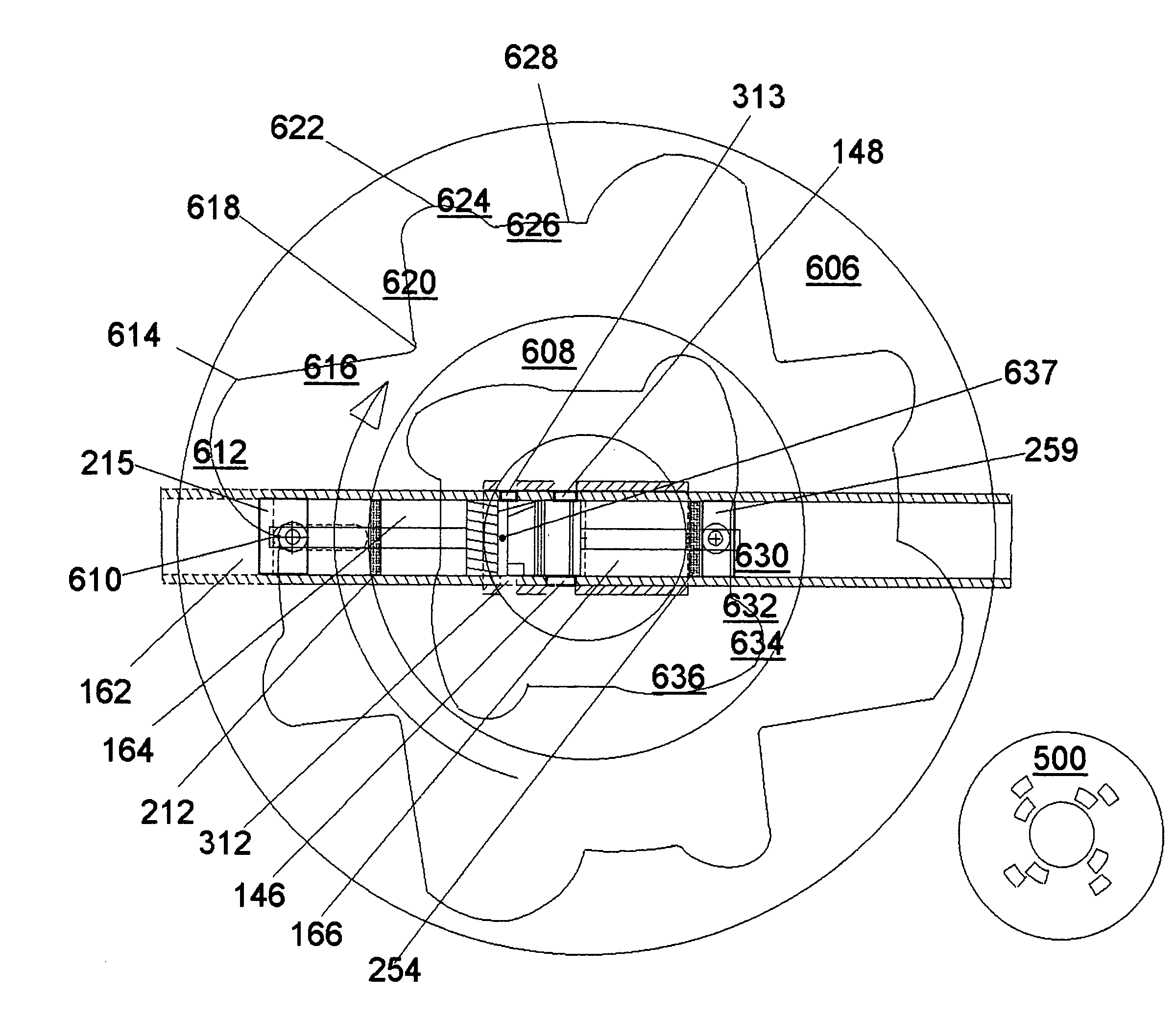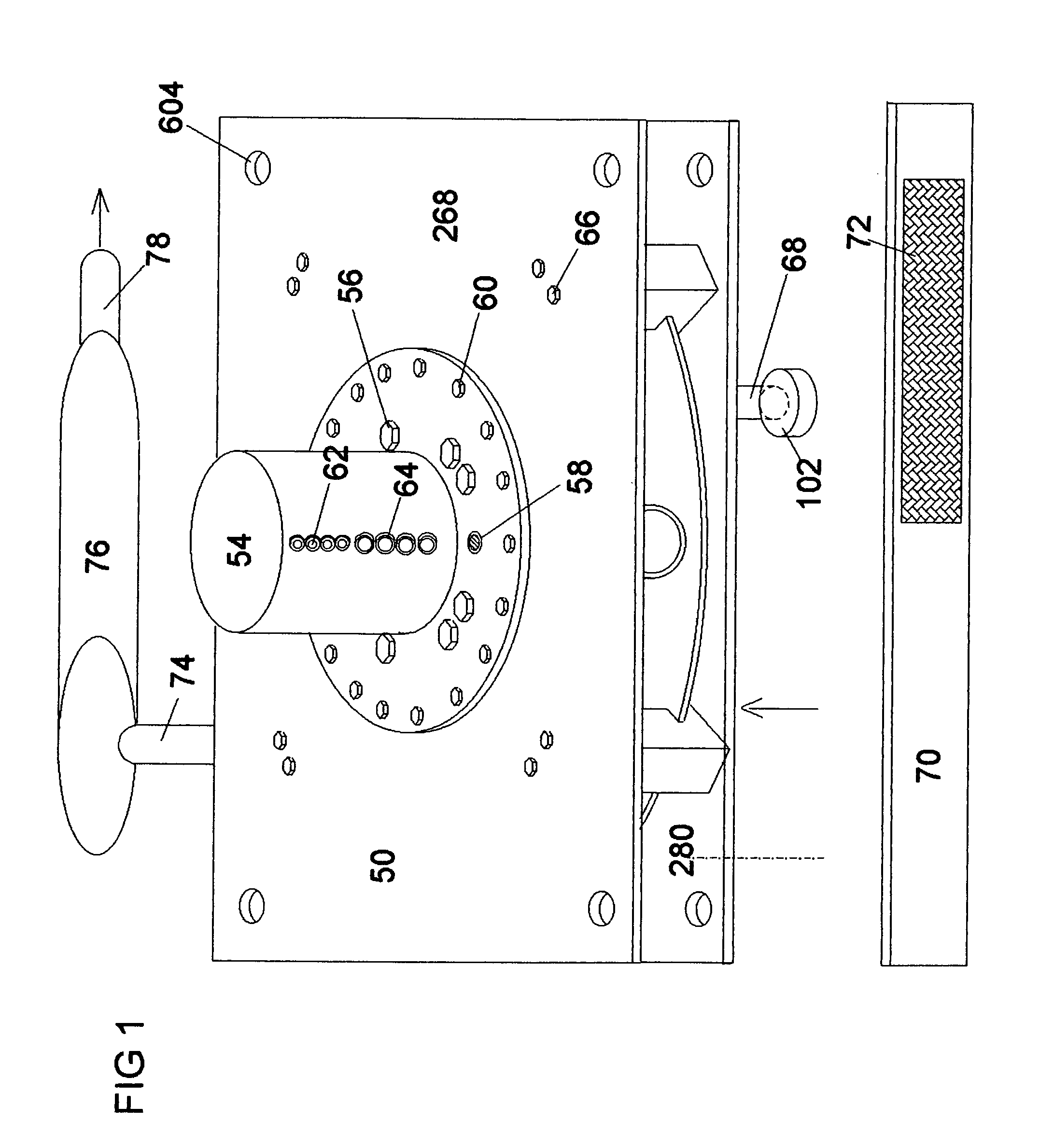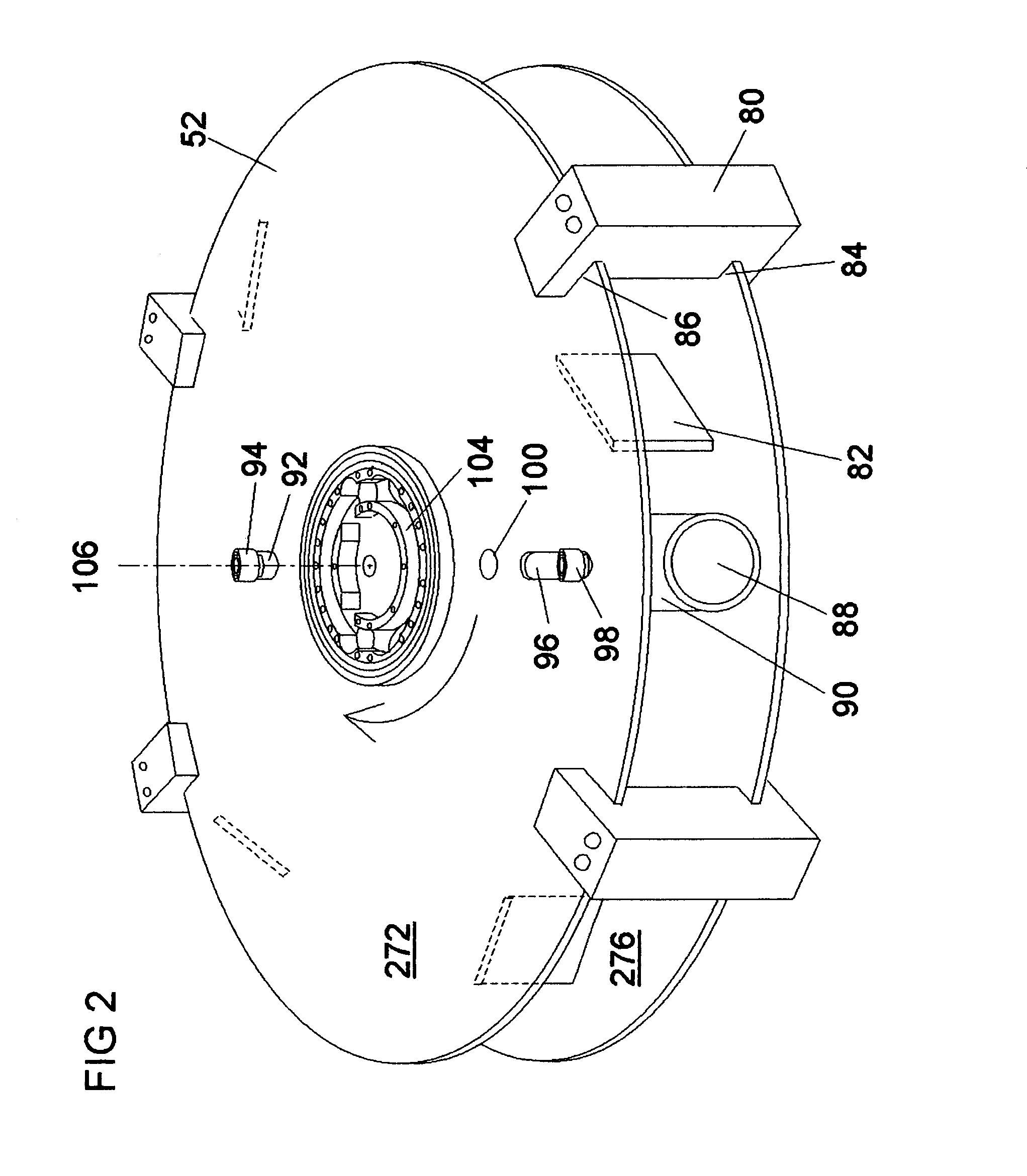Low speed valveless horizontally opposed piston rotary internal combustion engine
a technology of horizontally opposed pistons and internal combustion engines, which is applied in the direction of reciprocating piston engines, engines with positive displacement, combustion engines, etc., can solve the problems of inefficient, inefficient, and low torque of low- or high-end engines, and achieve low cost, low cost, and lower operational reliability.
- Summary
- Abstract
- Description
- Claims
- Application Information
AI Technical Summary
Benefits of technology
Problems solved by technology
Method used
Image
Examples
Embodiment Construction
[0421]Before explaining the present invention in detail, it is to be understood that the present invention is not limited or restricted in any way in it application or uses relative to the details of construction and arrangement of parts as illustrated by the accompanying drawings, because the present invention is capable of other embodiments and variations and of being produced or carried out in various ways. Furthermore, it is to be understood that the phraseology or terminology employed here is for the purpose of description and illustration only, and not for the purpose of limitation or restriction. Further still, discussions of mechanical dimensions, angles and other various operative descriptive terms are for illustration only and are not for the purpose of limitation or restriction.
[0422]As an extended preliminary statement, the detailed description of the invention and its various operational characteristics reflects the stated preferred embodiments which will now follow, ho...
PUM
 Login to View More
Login to View More Abstract
Description
Claims
Application Information
 Login to View More
Login to View More - R&D
- Intellectual Property
- Life Sciences
- Materials
- Tech Scout
- Unparalleled Data Quality
- Higher Quality Content
- 60% Fewer Hallucinations
Browse by: Latest US Patents, China's latest patents, Technical Efficacy Thesaurus, Application Domain, Technology Topic, Popular Technical Reports.
© 2025 PatSnap. All rights reserved.Legal|Privacy policy|Modern Slavery Act Transparency Statement|Sitemap|About US| Contact US: help@patsnap.com



